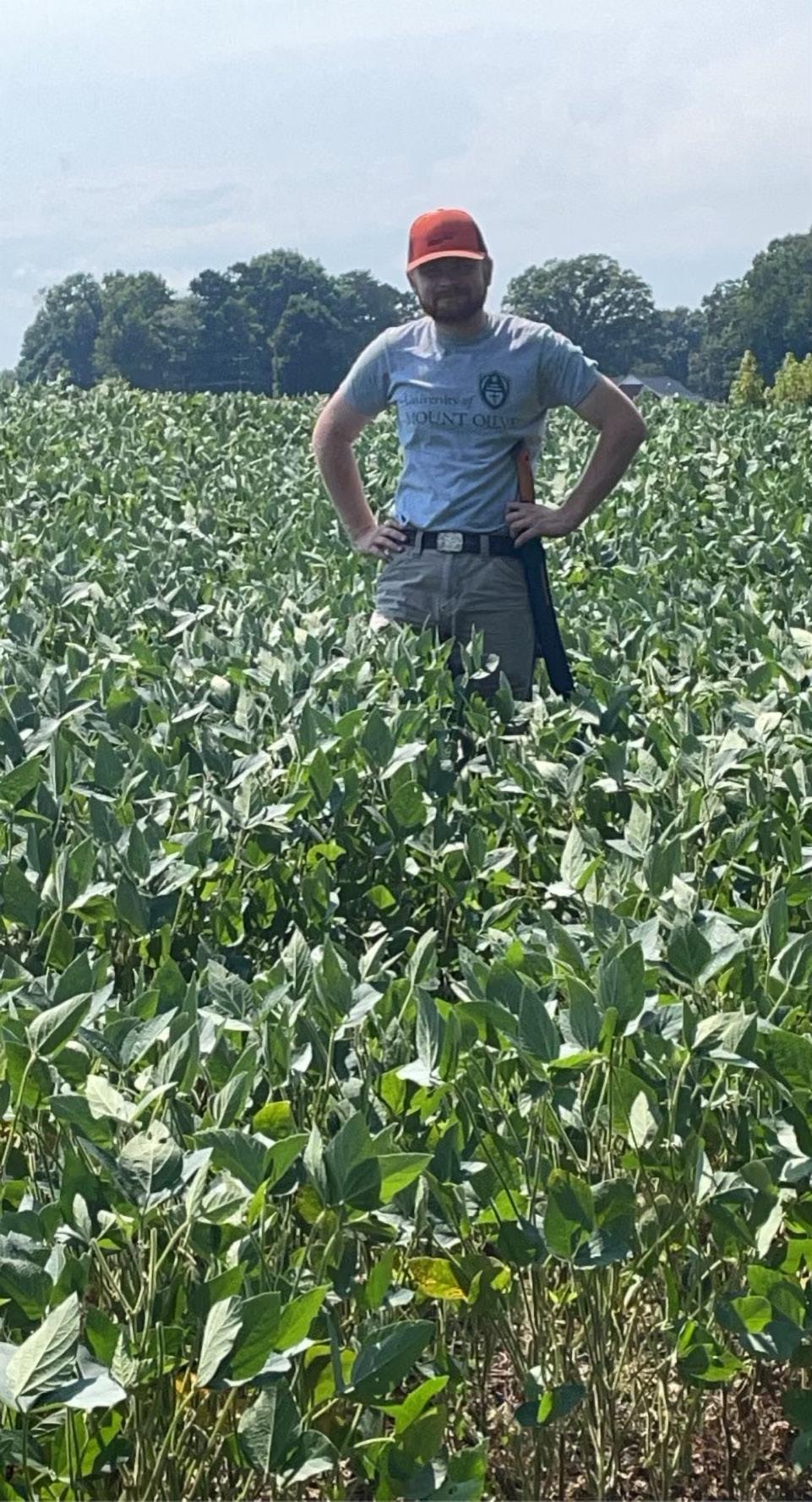
3 minute read
Dinosaurs of the Plant World W
Tom Ranney
JC Raulston Distinguished Professor Department of Horticultural Science North Carolina State University
Advertisement
e often talk about how magnolias are an ancient genus, but compared to Illicium, magnolias are the new kids on the block. Illicium are part of the oldest, basal lineage of flowering plants, known as the ANA grade, that includes an odd assortment of plants, including amborella (a primitive plant from New Caledonia), water lilies and the curious genus Illicium. Collectively these are the foundational ancestors of all flowering plants, dating back some 160 million years. A bit like sharks, Illicium haven’t changed much over time. Good designs are timeless, and fossil records show Jurassic-era Illicium were pretty much the same as they are today — and surviving grazing Brontosauruses, meteors and global extinction events unscathed is some serious “street cred.” Fast forward millions of years, and Illicium now have a global distribution, with around 40-50 species of shrubs and small trees — six of which are found in the New World, with the remaining species scattered throughout Asia.
Cold hardiness of Illicium has been a bit of an enigma, and it turns out that many species of Illicium are much more cold hardy than we initially gave them credit for. Take Illicium floridanum, for example, which has a current native range is along the Gulf Coast (U.S. Department of Agriculture Hardiness Zone 8). I. floridanum was most likely pushed south during Pleistocene glaciation events and just hasn’t had a chance to migrate back up north. After the brutal winter of 2022-2023, I asked around a bit on how Illicium fared. Folks throughout USDA Zone 6b reported that I. floridanum was one of the best-performing broadleaf evergreens, particularly when protected from wind and sun during periods of low temperatures. We got down to zero degrees here in the mountains, and I. floridanum didn’t flinch. Illicium anisatum, henryi and parviflorum were all fine, too.
About that smell? The genus Illicium gets its name from the Latin for “allurement,” a reference to enticing aromas — but not everyone would agree. Illicium are pungent, and if you crush the leaves or roots, you get a strong anise-like scent. Personally, I actually like that sort of pine-tree, terpenoid smell. However, particularly on a hot day, the flowers can turn unpleasant — or, as botanists say, “malodorous.” Illicium are impressive chemical factories that contain diverse, volatile organic compounds found in no other plants. Many of these compounds are biologically active and demonstrate antibacterial, anticancer, anti-inflammatory, antioxidant, antiviral (anti-HIV), insecticidal, neurotoxic and phytotoxic activities. Illicium verum is of particular importance as an epicurean crop, and its seedpods are well known in kitchens as the star anise spice (not to be confused with other Illicium species, which have a similar appearance and can be toxic). However, most I. verum grown as a crop are used as a source of shikimic acid, the primary ingredient in the antiflu medication oseltamivir phosphate, sold as Tamiflu®. But what might be equally important is that few animals feed on Illicium, probably due to their unique secondary metabolites, and I. floridanum and mexicanum are particularly resistant to deer.
So, how can you improve on millions of years of evolution? Well, Mother Nature has provided a great foundation. Being enamored with Illicium here at the Mountain Crop Improvement Lab, we started a breeding program back in 2000. Our goal was to try to combine good cold hardiness, reblooming, different flower colors, compact habits and deer resistance in a native, broadleafed evergreen shrub, and we worked with the North Carolina Nursery & Landscape Association on this collaborative research and development project to do just that. Plant breeding is more than just slinging around some pollen, however — this project took more than 20 years and a serious investment of staff and facilities to do crosses, grow out populations, do field tests in multiple locations, make selections, propagate and work with industry collaborators to commercialize.
The result has been two new Illicium hybrids: Star Flower Scorpio™ (‘NCIH1’ PP29,939) and Star Flower Orion™ (‘NCIH2’ PP29,938), which are advanced hybrids between I. floridanum and mexicanum. Both plants have solid USDA Zone 6b cold hardiness, and are probably hardy at colder temperatures with shade and protection from winter winds. Easily managed as 4-foot shrubs, Scorpio has red flowers and Orion has white flowers. Both bloom in the spring and again in late summer. They probably grow best in moister soils with a little afternoon shade, but they are pretty tough and adaptable once established. They root easily from cuttings in summer, fall and winter, with relatively high auxin treatment (e.g., 7,500 IBA quick dip). Star® Roses and Plants is overseeing marketing and distribution, but look to our great North Carolina propagators for liners and to nurseries for finished plants. And thanks to NCNLA for supporting this work!

Interested in more on the history, cytogenetics and evolution of Illicium?
Check out Ranney, T.G., C.F. Ryan, L.E. Deans, and N.P. Lynch. 2018. Cytogenetics and genome size evolution in Illicium L. HortScience 53(5):620-623. https://journals. ashs.org/hortsci/view/journals/hortsci/53/5/ article-p620.xml.










